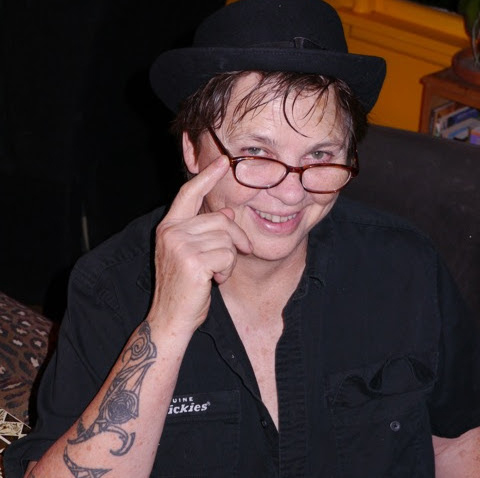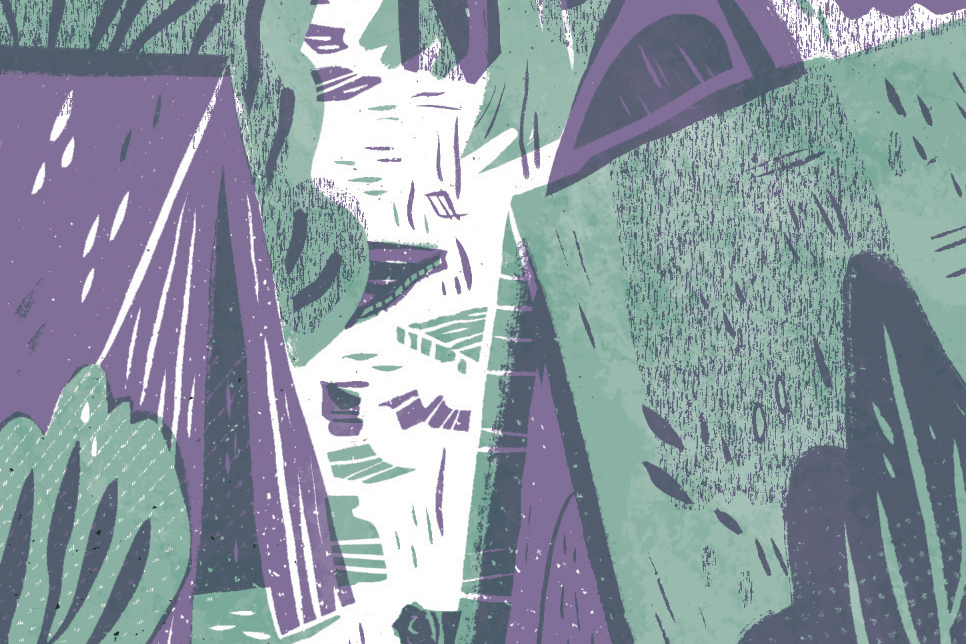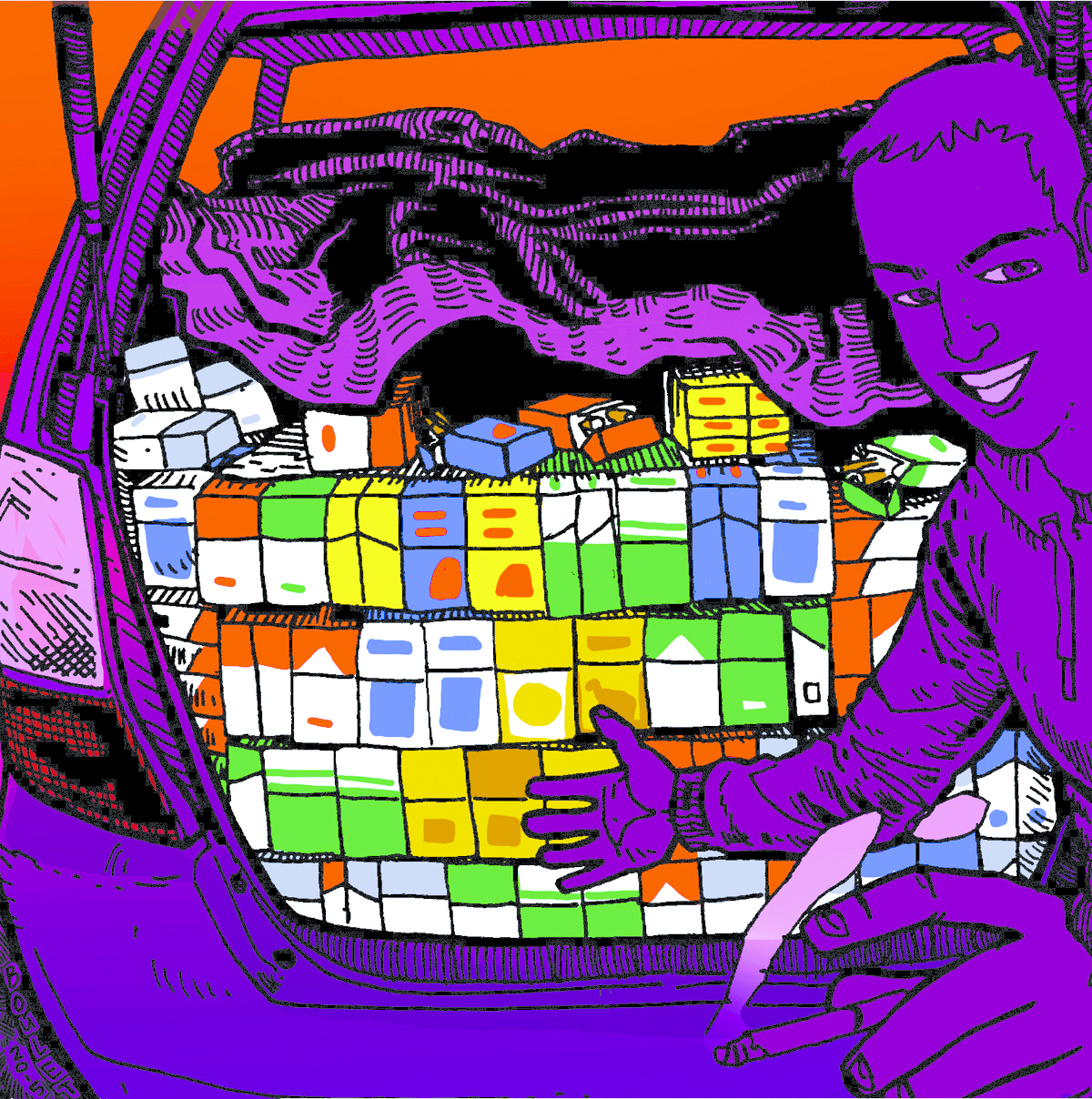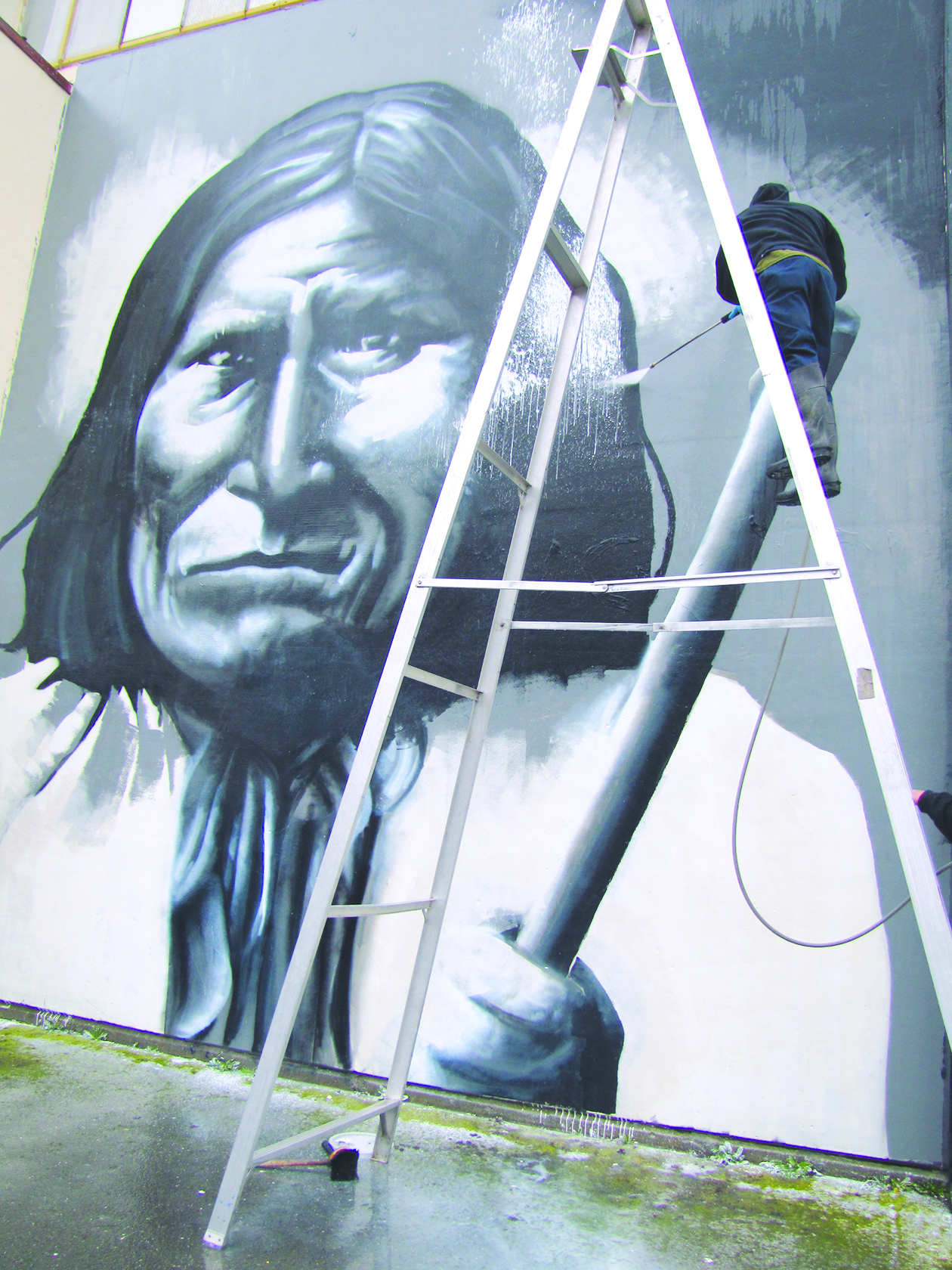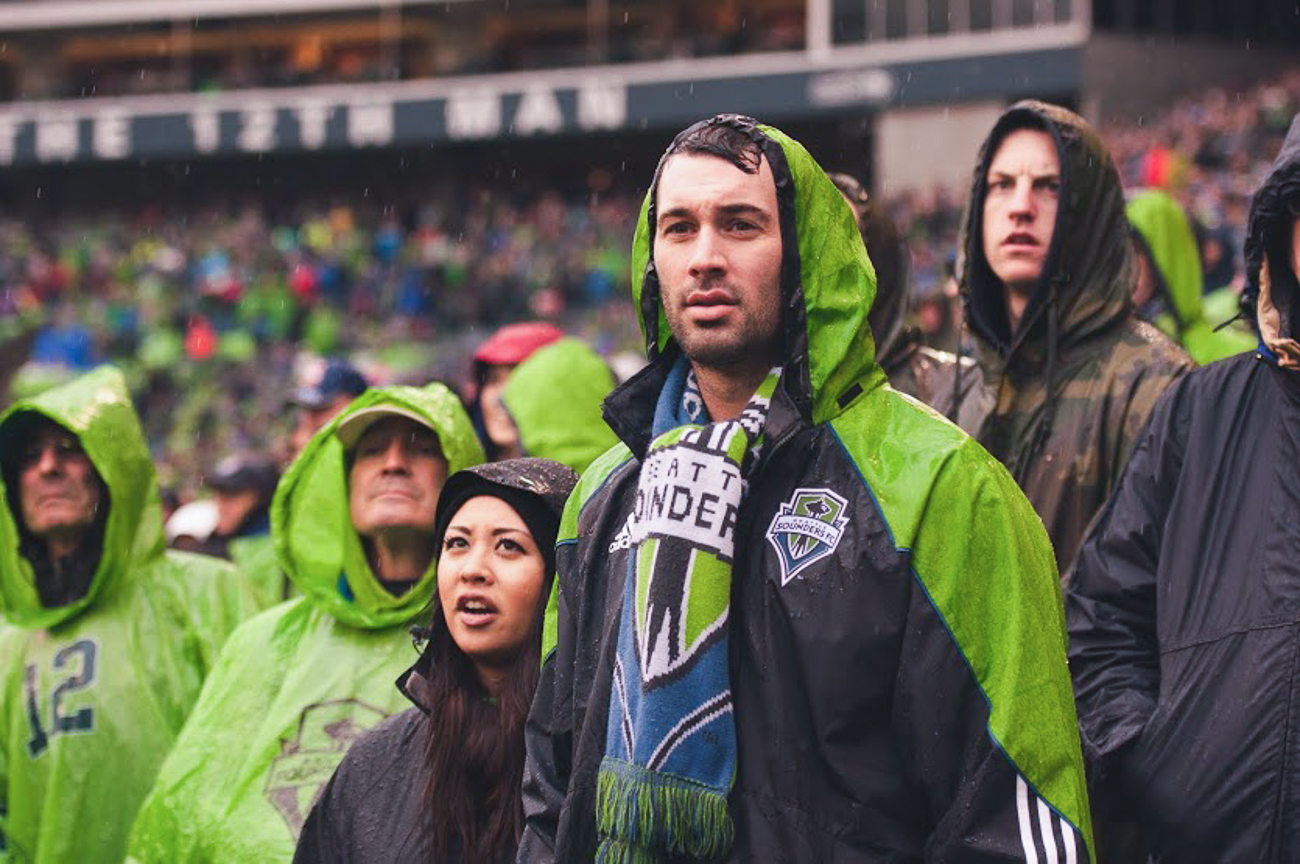Lamar Van Dyke can’t remember when exactly her first Dyke March was, but she does remember one thing: It was small, with only about 40 women marching. But it has stuck around. Now in its 20th year, the Dyke March has become one of Seattle Pride’s cornerstone events, billing itself as “the oldest continuous Pride event on Capitol Hill.” For many of those years, Van Dyke has emceed the march, and this year will be no different. After moving to Seattle in 1980, Van Dyke—who refers to herself as a Dyke March “institution”—has watched the LGBQT community in Seattle struggle and blossom. Now 67, the onetime owner of Tattoo You on Pike Street and frequent Dykes on Bikes rider sits in a unique position to appreciate its history. So we chatted her up.
Why is it important to have the Dyke March as part of Pride?Van Dyke: It’s so easy for the dykes to get overwhelmed by the flamboyant, fabulous drag queens, and all the stuff that goes on. And historically they have. [When it started,] the Dyke March was really a nice focal point to pull all the women together and, you know, just celebrate the whole thing. . . . It was kind of a little chunk of time when it was just us.
Even today that’s still the case?Yeah, today that’s still the case. On a larger scale.
What’s the secret to being a good Dyke March emcee?I think the most important thing, when emceeing the Dyke March, is to keep it moving. And the gay Pride [events] too. Keeping things moving is a project because of course everybody wants to sing one more song or say one more paragraph or do one more thing. One year, many many years ago, I emceed gay Pride–the rally after the parade, when it was in Volunteer Park. And keeping that moving—oh my God—it was like swimming upstream. Because they invite all the politicians to come talk, and they will just not shut up. It’s the one day of the year where they get to come and say how happy they are that we’re all queer, and they just go on and on and on.
So you’re the Dyke March conductor, in a way?Yeah, I’m like the conductor. . . . They just call me and ask if I’ll emcee it, and I show up and they tell me [who’s there], and I kind of arrange it and off we go. All I need is, like, 10 minutes notice. Also, I have to get to sing my song.
Your song?Yeah, my song is “I Enjoy Being a Dyke.” In 1976 I was arrested in Toronto for singing it in a straight bar. . . . So every year at the Dyke March I tell that little story and then I sing the song. That’s my favorite part, to be able to stand up on a stage, and at the top of my lungs, in the middle of the street, basically sing “I Enjoy Being a Dyke” and not get arrested.
What makes Seattle’s Pride festival special?I traveled a lot before I came to Seattle. I was going around and around and around in my van with a bunch of dykes—that’s how I got my name. Seattle has this kind of rugged individualism. People aren’t really big on telling other people how to do what they’re doing. Seattle is a little more accepting of all of that. And that makes it comfortable. It makes it easy for everybody. . . . I’m sure there are some lovely Christian people who want us all dead, and they show up every year at the march, but I don’t know how many of them are actually from Seattle.
Seattle Dyke March schedule, Sat., June 28: 5 p.m., rally at the Seattle Central Community College plaza at Broadway and Pine Street on Capitol Hill; 7 p.m., march (heading east on Pine); 8 p.m. afterparty at Cal Anderson Park. seattledykemarch.com.
mdriscoll@seattleweekly.com
